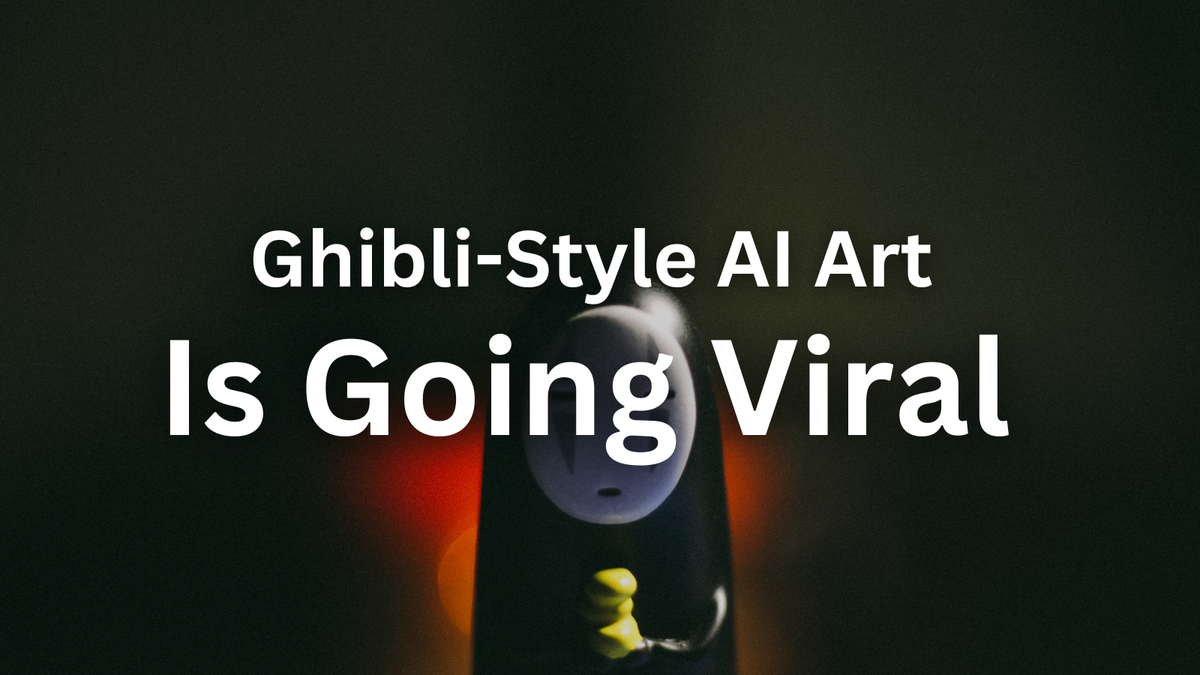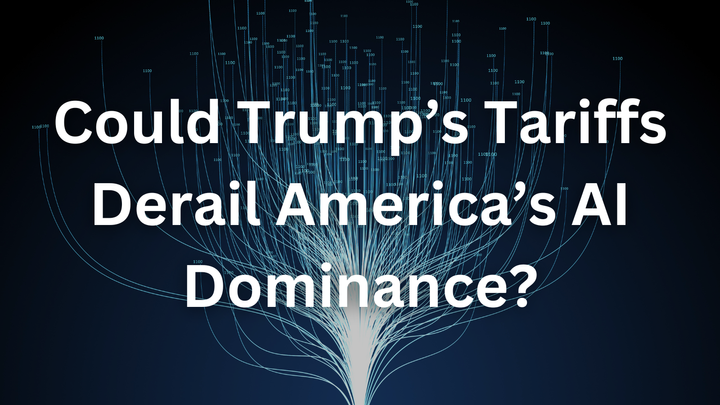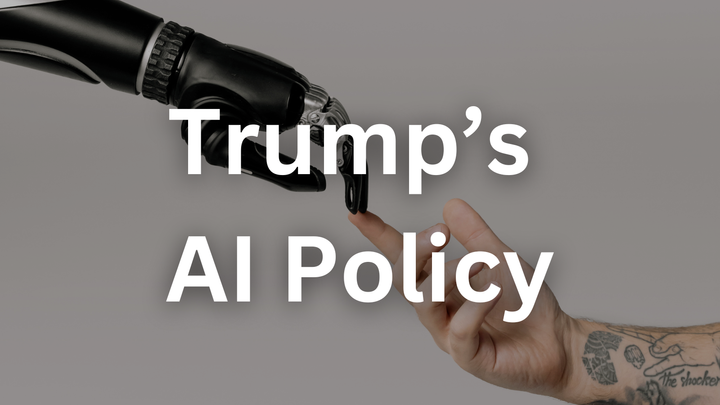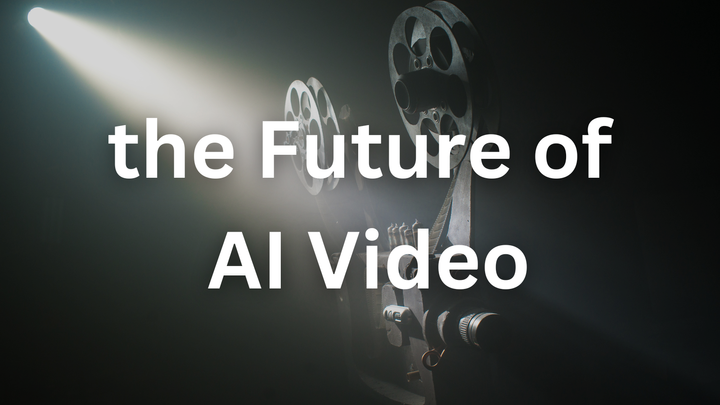Ghibli-Style AI Art Is Going Viral — But Is It Crossing the Line?

This week, the internet exploded with delight as people used ChatGPT’s new image-generation tool to transform pets, selfies, and memes into Studio Ghibli-style masterpieces. The dreamy, watercolor-inspired aesthetic of Hayao Miyazaki’s beloved films like Spirited Away and My Neighbor Totoro suddenly felt accessible to all — with just a prompt and a click.
But behind the viral joy lies a growing storm of legal, ethical, and creative concerns.

🎨 From Internet Joy to Copyright Controversy
It started innocently enough. A user uploaded a photo of their cat and received back an image that looked like it had leapt straight out of a Ghibli movie. Others followed suit — Ghibli-fied versions of memes, Olympic athletes, and even government propaganda appeared across social media.
Even OpenAI CEO Sam Altman joined in, changing his profile picture to a Ghibli-style portrait. But not everyone was thrilled. In fact, many artists and legal experts are asking:
“Is this art… or is it theft?”

🧑🎨 What Would Miyazaki Think?
If you know anything about Hayao Miyazaki, you know he’s not a fan of AI. In a now-famous 2016 documentary clip, he reacted in horror to an AI-generated animation, calling it “an insult to life itself.” His work is deeply personal, handcrafted, and shaped by empathy — the opposite of what generative AI represents.
So it’s a bitter irony that his distinctive style is now being used to promote the very kind of technology he’s long opposed.
⚖️ Is It Even Legal?
Here’s where things get murky.
According to legal experts, the style of an artist isn’t necessarily protected by copyright. But if AI-generated images start to mimic specific elements — like character designs, architecture, or background art — it could cross into copyright infringement territory.
That leads to a critical question:
Was OpenAI’s model trained on Studio Ghibli’s work?
So far, OpenAI hasn’t answered. If it was, and they didn’t have permission, that’s a potential legal disaster in the making.

💸 The Bigger Problem: Exploiting Artists Without Paying Them
To many artists, the Ghibli-style AI trend feels like one more example of big tech eating culture without feeding creators.
Take Karla Ortiz, a professional artist who grew up loving Miyazaki’s work — and is now suing AI companies for using her own art without consent. She called OpenAI’s Ghibli-style marketing “exploitation” and “an insult.”
And here’s the thing: she’s not wrong.
If a company profits from the look and feel of a legendary artist’s work — without permission, compensation, or credit — that’s more than just legally questionable. It’s a violation of artistic integrity.
🧠 AI Can Imitate Art — But It Can’t Understand It
Let’s not forget: what makes Ghibli films magical isn’t just the visuals. It’s the emotion, the storytelling, the human touch. AI can replicate color palettes, character outlines, and brush strokes — but it can’t replicate soul.
AI doesn’t know what it means to feel wonder, grief, or nostalgia. And yet, it’s being used to mass-produce images that borrow the emotional weight of Miyazaki’s work without earning it.

🌐 The Cultural Cost of Viral AI Trends
Like many viral internet trends, Ghibli-style AI art feels fun and harmless — until you stop to think about what’s being lost:
- The value of original artistry
- Respect for creative labor
- The boundary between inspiration and imitation
If we’re not careful, we risk normalizing a future where machines copy style, corporations profit, and artists are left behind.
🔮 Where Do We Go From Here?
The Ghibli-style trend is a flashpoint in a larger debate:
Can AI and human creativity coexist — or will one replace the other?
There’s no easy answer. But here’s what we can do:
- Demand transparency from AI companies about training data
- Support artists by buying their work, not just reposting AI imitations
- Push for clear laws that protect artistic identity in the age of AI
- Think before we share — is this art made with love, or from someone else’s labor?

💬 Final Thought: Respect the Magic
Studio Ghibli’s art has always reminded us of something precious: that beauty is fragile, and life deserves reverence.
If we truly love Miyazaki’s work, we should honor it — not just replicate it with code.
Let AI have its place, but let’s not forget who drew the first Totoro.
What Do You Think?
- Is using AI to mimic a famous style like Ghibli’s okay?
- Should AI companies be required to license the art they train on?
- How can we balance innovation with artistic respect?
Drop your thoughts in the comments 👇
Source: O’Brien, M., & Parvini, S. (2025a, March 27). CHATGPT’s Viral Studio Ghibli-style images highlight AI copyright concerns. AP News. https://apnews.com/article/studio-ghibli-chatgpt-images-hayao-miyazaki-openai-0f4cb487ec3042dd5b43ad47879b91f4



